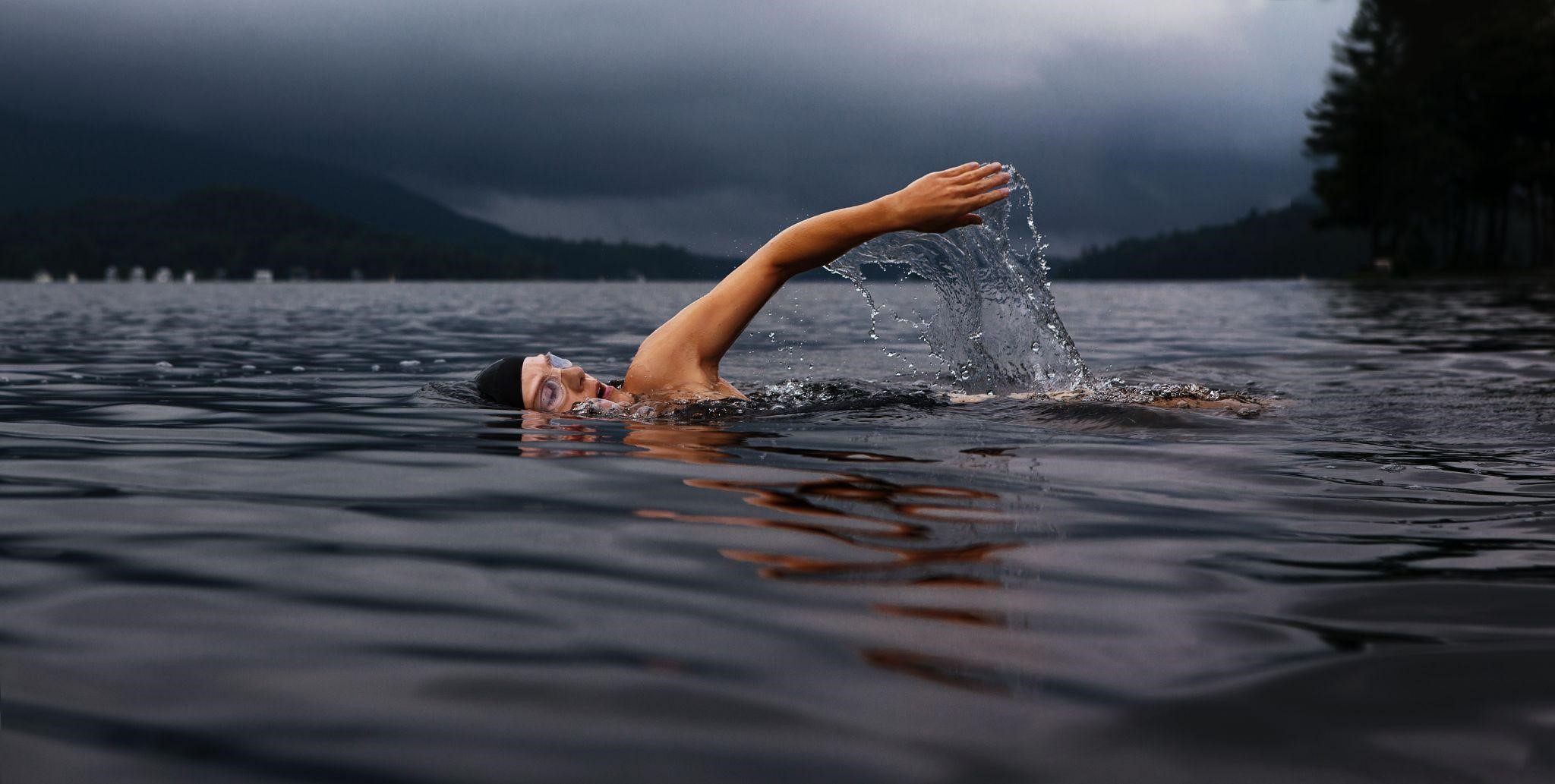Water polo is a team Olympic water sport in which the goal is to throw the ball into the opponent’s goal more times than the opponent does in a set time. The game takes place in the water and the ball is held and thrown into the goal with one hand.
The International Swimming Federation (French Federation Internationale de Natation, FINA) is an organization that unites most national swimming federations. The headquarters of the organization is located in Lausanne, Switzerland.
History of water polo (origin and development)
The precursor of water polo can be considered a Japanese game, the essence of which was to pass the ball with special staves to the players of their team, while floating on straw barrels.
Modern water polo was invented by William Wilson in the second half of the XIX century. At first, the game was very similar to rugby, since the first editions of the rules were allowed to use force in fighting for the ball and holding the opponent. In addition, the field for the game of water polo was marked on the motionless body of water, and instead of the goal in the bottom of the reservoir were dug stick stick sticking out 30-40 cm above the surface of the water. The players had to swim to bring the ball into the goal.
Who invented water polo? Modern water polo was invented by William Wilson in the second half of the XIX century. In 1869, water polo was first introduced to the general public in London, at that time the game was called “soccer in the water” and had no clearly defined rules. In 1870 a committee of experts in the sport was convened to formalize the rules, but the committee did not achieve any results. Only in 1876, William Wilson made up the rules of the game of water polo, which remained relevant until 1890. Since 1900, the game has been listed as an Olympic sport, and the first world water polo championship was held in 1973.
The basic rules of water polo (in brief)
Time of play in water polo. A water polo match consists of four periods of 8 minutes each. The countdown of time in a period begins with the first touch of the ball.
How long is a water polo match? A water polo match consists of four periods of 8 minutes each. Each team is allowed only 25 seconds to attack, after 25 seconds the ball goes to the opposing team. The rules allow each team to take 4 timeouts per game in regular time and 1 timeout in extra time. Only the team in possession of the ball may take a timeout. Six field players and one goalkeeper may be on the field at any one time.
In water polo is prohibited: to attack a player who is not in possession of the ball; drown, drag, hold the player who is not in possession of the ball; drown the ball. Committed a gross mistake, the player is removed from the water for 15 seconds or until the end of the opponent’s attack time. When the penalty time expires, the player must return to the game. A gross mistake is punished by a free throw, which may be directed directly at the opponent’s goal if the offense occurred beyond the five-meter line of play, or played by passing. A player, who has earned 3 penalties, is removed until the end of the game with the right of replacement and sits on the bench with his cap unbuttoned.
Pool in water polo
The size of the field of play (pool) is 30 meters long and 20 meters wide for men and 25 and 17 meters wide for women. The depth of the pool in water polo should be at least 1.8 meters. The above dimensions of pools are relevant for all major competitions, including the Olympic Games. On the field there are the following markings: the middle line of the field (white); goal lines (white); 2, 4, 7-meter lines (red, yellow, green); the boundary of the playing field. The markings should be clearly visible throughout the game. Markings may be permanent or removable. At the end of the field of play, two meters from the corner of the field of play (opposite the official scoreboard) should be a red or other brightly colored sign.


